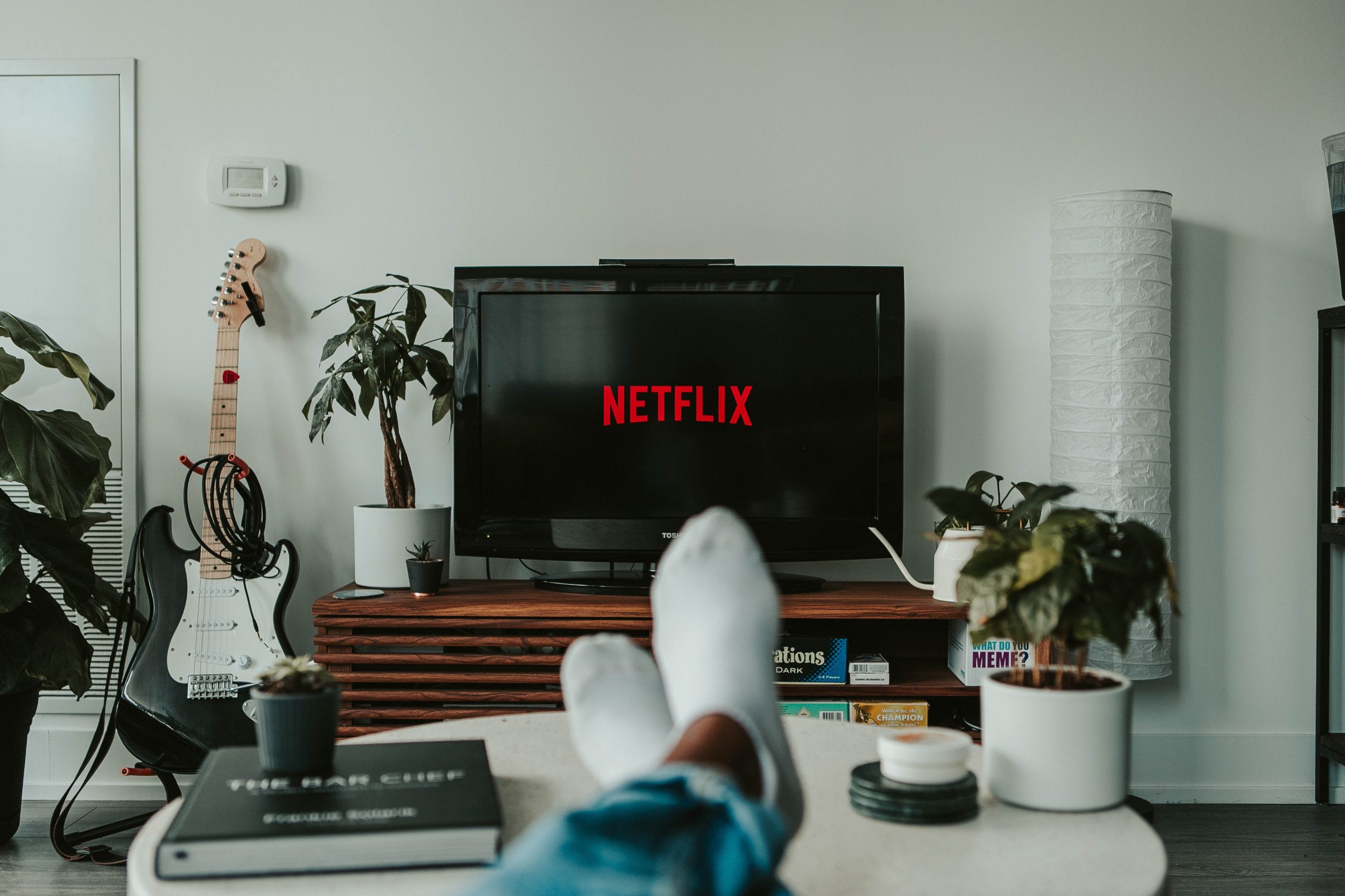The surge in demand for GLP-1-type weight loss medications has shone a bright light on the prevalence and persistence of obesity in American society – over 40% of the population and climbing. Policy makers and healthcare leaders are exploring the potential for such medications to support people with obesity and who are overweight, even as they grapple with how the costs of such drugs can be managed at scale.
America’s chronic illness crisis plays a giant role in that thinking. Of the $4.1 trillion the U.S. spends on healthcare annually, 86% is devoted to people with chronic illness. In addition to being a complex chronic disease itself, obesity is the biggest risk factor for type-2 diabetes, a significant risk factor for heart disease and hypertension, and causally linked to over a dozen forms of cancer. Even a 5 to 10% decrease in body weight can reduce the risk of chronic illness.
Could GLP-1s be a magic bullet not only for weight loss but chronic illness, too? If only the problem were that simple. For Medicaid populations, in particular, chronic illness and overweight/obesity are often complicated by health-related social needs like food insecurity as well as mental health conditions like depression. Solving only one vector of that whole-person puzzle is not enough.
A very tangled problem
In addition to its obesity and chronic illness epidemic, America has a pernicious problem with access to healthy, nutritious food. Those problems are inextricably linked.
Recognized as a disease since 2013, obesity is a highly complex disease that involves genetics, eating habits, lifestyle, sleep, level of activity, and social drivers of health. While the number of calories ingested is an ostensible cause of obesity/overweight, a key underlying factor is the quality of those calories. As evidence, people who are food insecure have a higher risk of obesity and overweight.
For the 44.2 million people who live in food insecure households in the U.S., the problem is less about access to food than it is access to healthy, nutritious food.
Due to geography, economic circumstances, or other social drivers of health, people who are at-risk of food and nutrition insecurity may have limited or no access to quality grocery stores, and plenty of access to convenience stores that sell cheaper food abundant in unhealthy fats, industrial oils, high carbs, low fiber, and other ultra-processed ingredients.
As Walter Willet, professor of epidemiology and nutrition at Harvard’s School of Public Health noted in 2022, “How could it be that people who were hungry or didn’t seem to have enough money to buy enough food could be more overweight or obese than people who had lots of resources. There are multiple lines that connect poverty, food insecurity, and obesity. One of the most important connections is just simply poor food quality.”
The dramatic rise in obesity and chronic illness tracks with the increasing prevalence of ultra-processed foods in our diet. Engineered to extend shelf-life, these foods also overcome the body’s natural safeguards against overeating. Today, more than 60% of the calories found in packaged foods and beverages come from ultra-processed ingredients. As a study in Nature showed, the sugar, fat, and salt in processed and ultra-processed foods cause insulin to spike. Rather than satiating hunger, eating such food increases hunger.
In fact, people who lack secure access to food are more likely to snack frequently and to have inconsistent eating times. And the stress and instability associated with poverty, depression, and insecurity affects hormones and peptides that can further stimulate appetite for higher caloric foods, a behavior known as emotional eating. Children who grow up in food insecure households are 5 times more likely to have obesity.
With a practical, system-wide solution
It’s deeply ironic that a drug developed for treating diabetes would now be used to treat the obesity that commonly leads to diabetes (and other chronic illnesses) without addressing the problem of poor diet that is the primary risk factor in the first place, as this 2018 JAMA report about the ongoing Global Burden of Disease Study emphasizes.
Despite the high costs of GLP-1 medications, 11 states currently cover obesity drug prescriptions through Medicaid and another six states offer limited coverage. Considering that 44% of Medicaid beneficiaries qualify as having obesity, the number of states covering GLP-1s seems likely to rise. With Medicare, doctors are currently not able to prescribe weight loss drugs. However, Congress recently introduced legislation to enable coverage as part of the Treat and Reduce Obesity Act of 2023.
The potential to reduce chronic illness (and the associated downstream costs) give GLP-1s their allure to policy makers. But an effective and sustainable solution to the obesity and chronic illness epidemics in Medicaid populations and beyond must also address our nation’s food and nutrition insecurity. Here are some suggestions for action:
Congress can design the Farm Bill to begin the long-overdue work of shifting agricultural subsidies away from crops that produce the ingredients of ultra-processed foods and toward fresh produce.
Communities can support local farms and community gardens to grow more fresh produce, and distribute that food through food banks and community-based organizations.
Policymakers can focus more on healthy, fresh food in schools – and save money and bolster the local economy in the process.
Health systems and health plans can do more to screen patients for food and nutrition insecurity and help address their health-related social needs.
Finally, food-as-medicine and nutrition programs can be a significant part of the solution, especially for vulnerable populations. Studies reveal that providing fresh, healthy food through mobile food pantries helps reduce obesity rates in households within six months.
Food-as-medicine programs targeting those most at-risk of nutrition insecurity who also have diet-related disease are especially effective when quality, personalized food is combined with individualized coaching. Not only do people who receive such services see dramatic health improvements, but they also alleviate their isolation and loneliness, have other physical and mental health needs addressed, and gain personal agency that makes lifestyle changes sustainable. The downstream reduction in healthcare costs drives a return for that spend and benefits communities and society as a whole.
GLP-1s are poised to be an important tool in the battle with obesity. They can give many people with overweight and obesity a new chance to reduce their risk of additional serious health conditions, gain confidence in their ability to lose weight, and afford them the time to embrace and adopt new behaviors and lifestyles. But the larger interlinked problem of obesity, chronic illness, and food insecurity requires a holistic solution. Nutrition, lifestyle coaching, mental health support, and GLP-1s can reinforce each other in ways that create the possibility for real transformation.
Photo: fcafotodigital, Getty Images



















